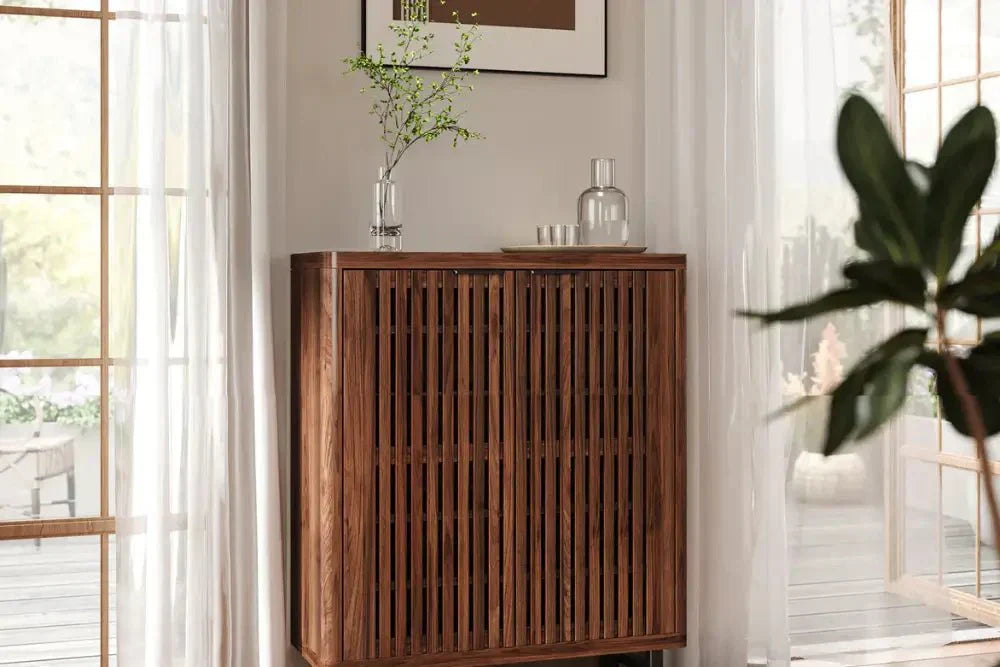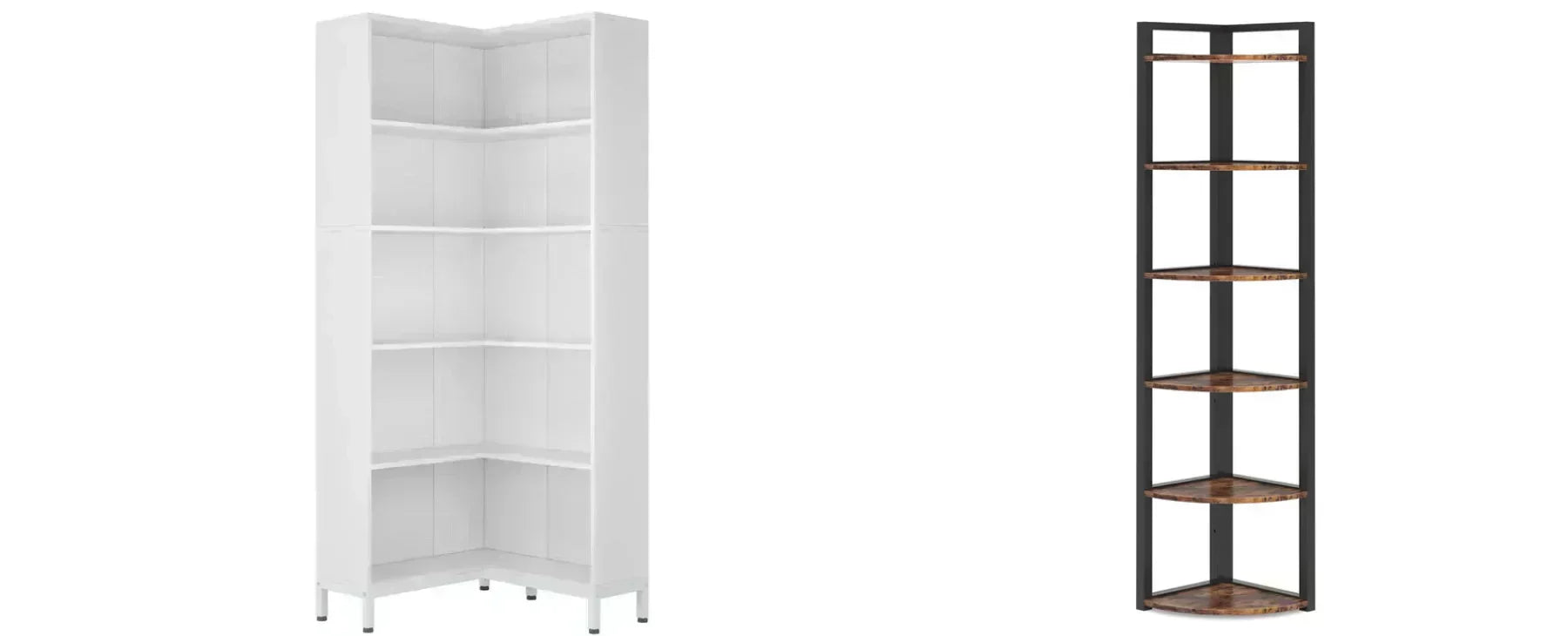End tables are far from outdated—in fact, they continue to bring both comfort and function to modern British homes. According to Fortune Business Insights, the global side table market is projected to grow steadily, with an estimated value of $19.03 billion by 2032. Here in the UK, compact and adaptable furniture such as end tables is increasingly sought after, particularly as urban living spaces become more compact.
Why End Tables Remain a Favourite
End tables continue to meet the core needs of UK homeowners: functionality, timeless style, and adaptability to different interiors.
Practical Everyday Use
From holding a cup of tea and a good book to keeping your reading glasses within reach, an end table offers everyday convenience. Take the Tribesigns Solid Wood End Table (£79.99), for example—its sturdy build and modest footprint make it a popular choice for British living rooms, blending effortlessly with both contemporary and classic decor.

Smart Storage Solutions
As UK homes increasingly favour multifunctional furniture, end tables with integrated storage have become especially desirable. Models such as the Tribesigns Narrow Side Table with Drawers (£145.99) offer discreet space for remotes and magazines while maintaining a clean, aesthetic look—ideal for keeping smaller rooms tidy and organised.

Versatile Design
Three spacious shelves provide ample room for books, lamps, and daily essentials, helping maintain an organised living space. The Tribesigns 3-Tier End Table (£74.99) features clever storage design that keeps clutter at bay while adding functional style to any room.

Where to Position Your End Table
Thoughtful placement can elevate both form and function:
- Beside a Sofa or Armchair: Allow 1-2" between the table and the armrest for easy access without knocking furniture.
- Next to a Window or in a Corner: An end table can anchor a reading nook or add visual weight beside a large sofa.
- Between Recliners: A narrow design (approx. 17–24" wide) fits neatly and keeps essentials close to hand.
- Style Coordination: A rustic sofa table behind the couch complements farmhouse or wood-heavy interiors, while sleeker metal or marble-topped models suit minimalist schemes.
Frequently Asked Questions
Do End Tables Belong on the Rug?
Not necessarily. For a cohesive look, many British interior designers recommend placing the front legs of the end table on the rug. If the rug is smaller, positioning the table just off the edge can also work—just aim for visual balance.
What Should I Display on My End Table?
Keep it simple and personal. A lamp, a small plant, a stack of books, or a set of coasters all work well. If your table includes a drawer or shelf, use it to stow remotes or magazines—clutter-free surfaces help maintain a calm, intentional aesthetic.
Should the End Table Be Lower Than the Sofa?
Ideally, yes. The tabletop should sit level with, or slightly below, the sofa arm—around 1-2" lower is perfect. This makes reaching for items comfortable and maintains pleasing proportions.
How Do I Choose the Right End Table?
Begin by measuring the height of your sofa’s arms. From there, consider your storage needs and style preferences. Rustic wood tables suit cosy, traditional settings, while modern designs in metal or glass bring a clean, contemporary feel.
Final Thoughts
End tables are not a trend of the past—they’re a timeless, evolving piece of home furniture. With ongoing innovation in design and materials, from rustic wood finishes to minimalist metal frames, end tables continue to offer both beauty and purpose. Supported by strong market trends and consumer demand, they remain a staple in British homes.
Whether you’re refreshing your lounge or planning a new layout, an end table is more than just an accessory—it’s a functional centrepiece that brings order, style, and comfort to your living space.



